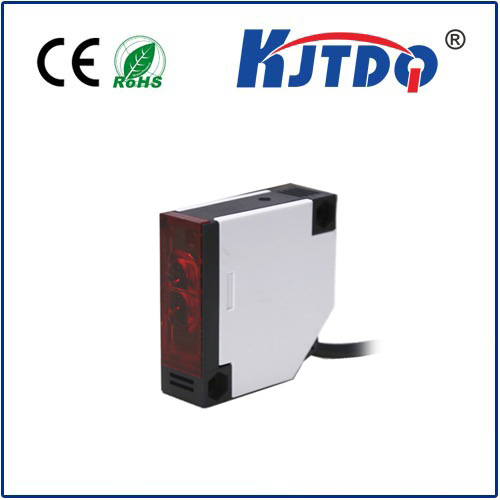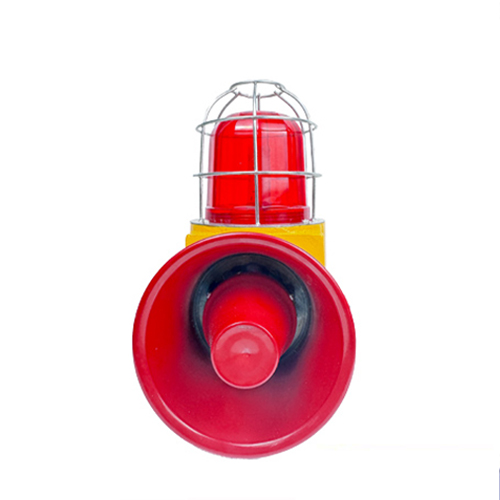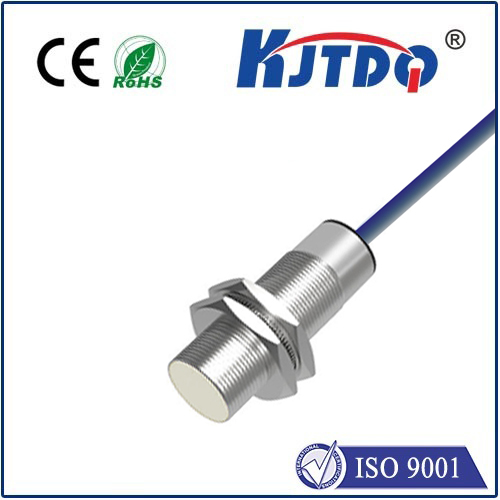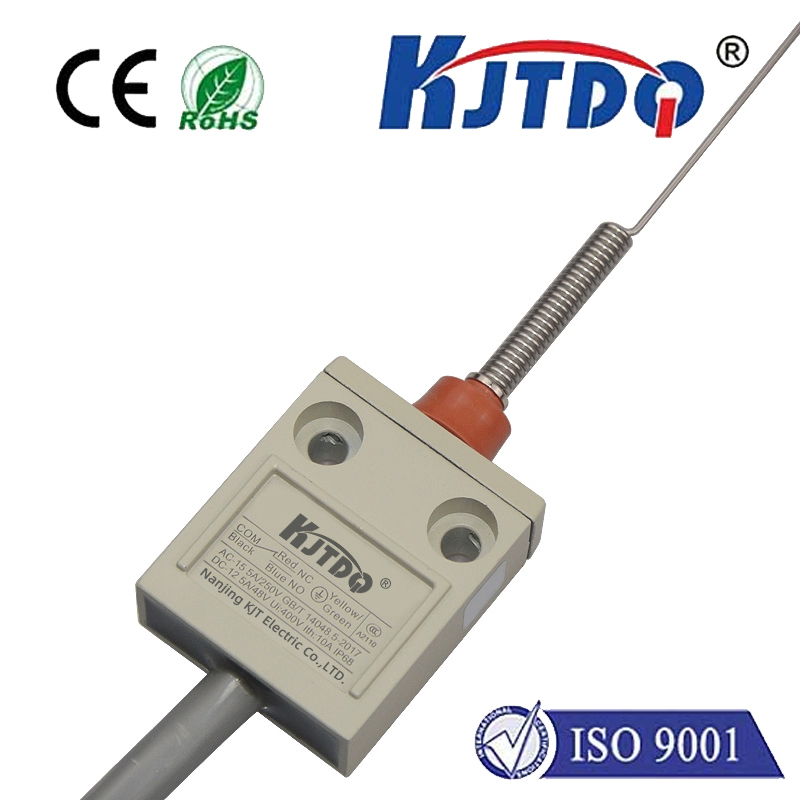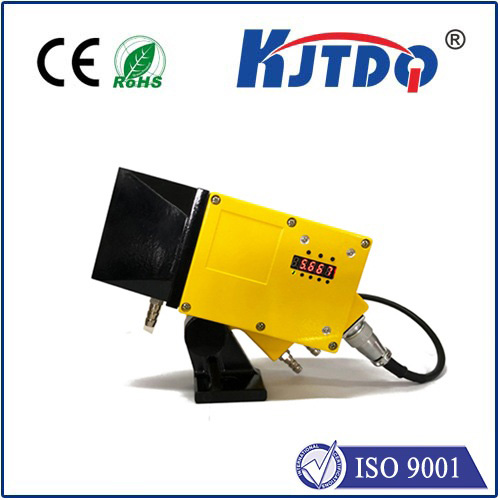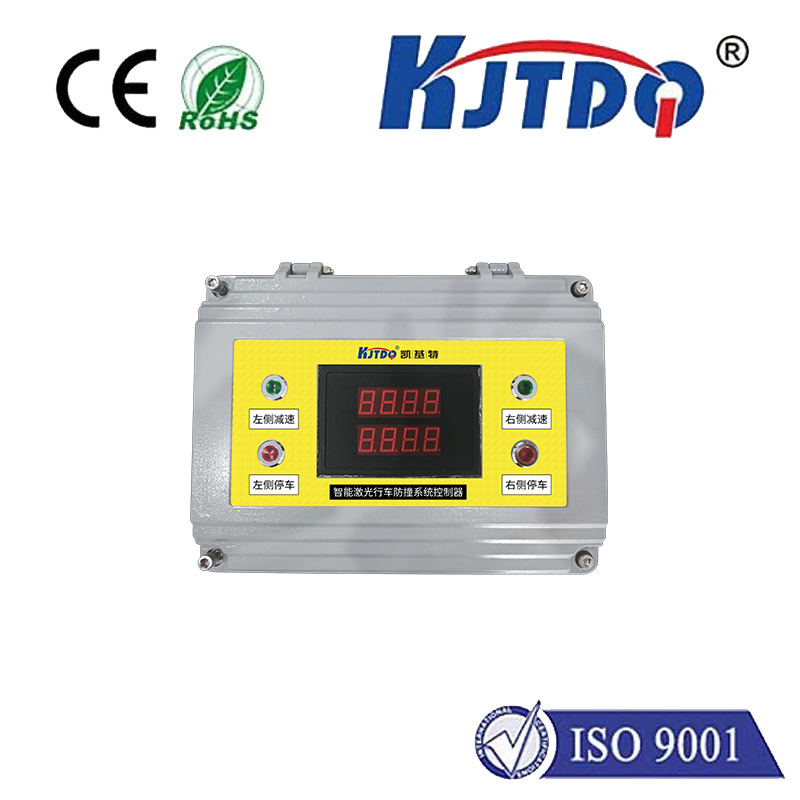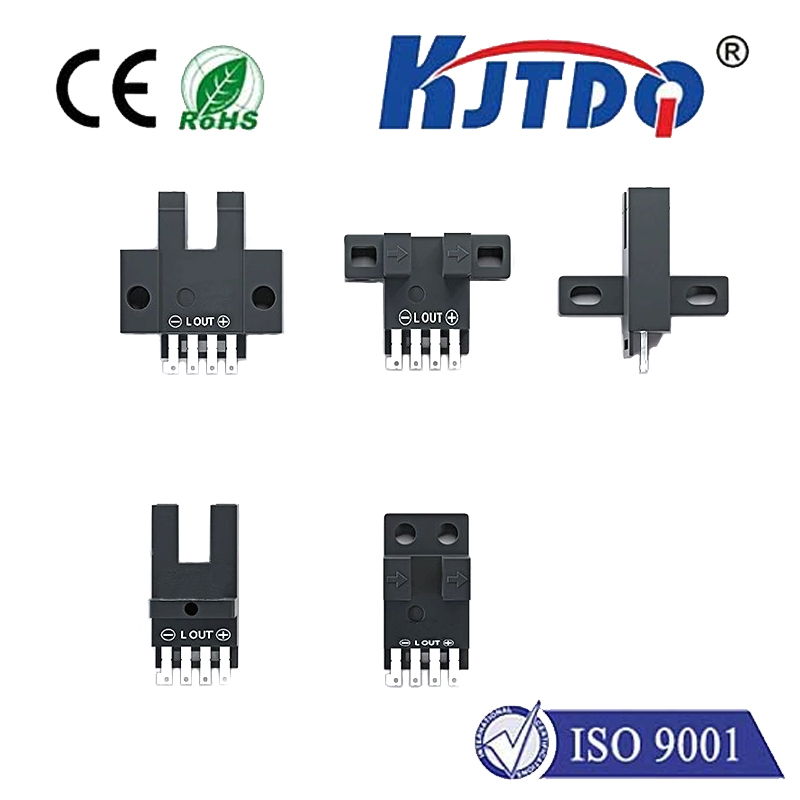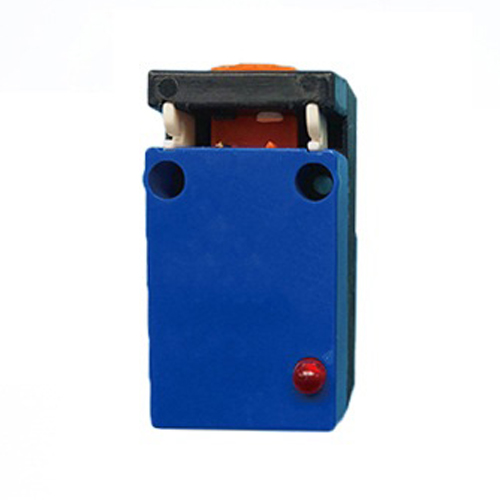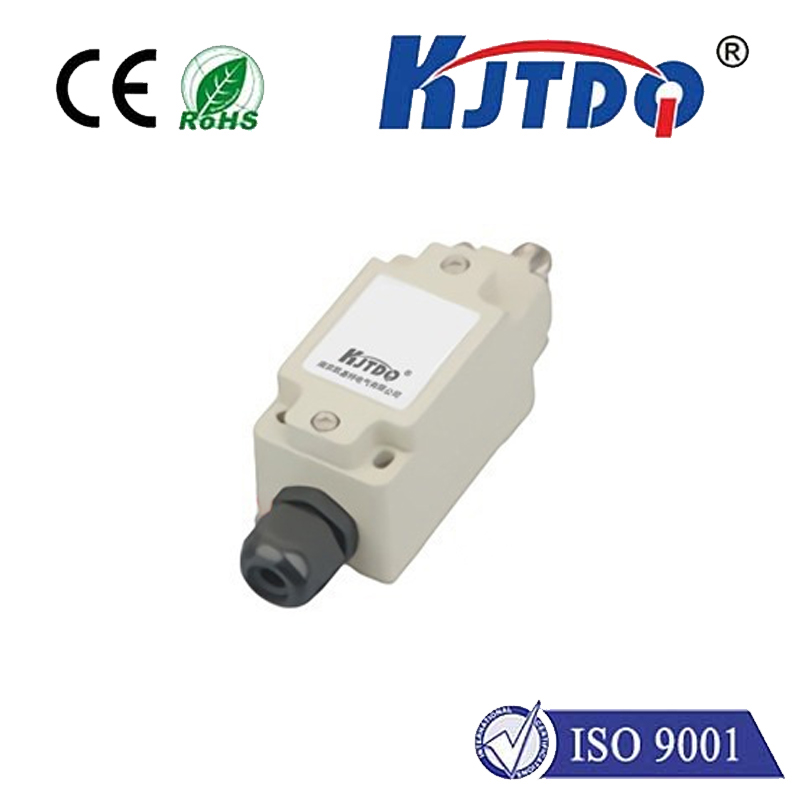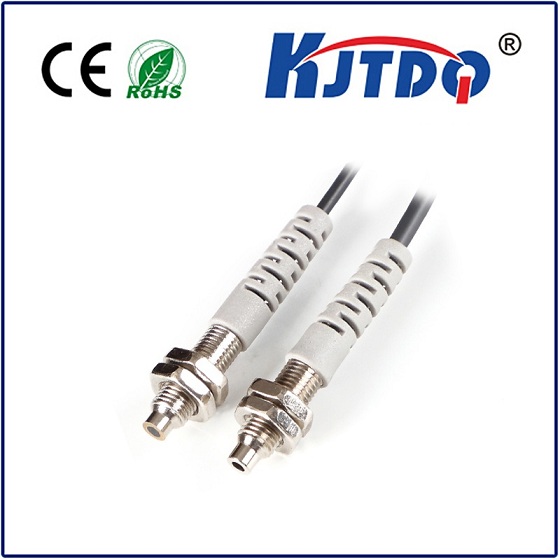cheap distance sensor
- time:2025-07-08 02:42:02
- Click:0
Affordable Distance Sensors: Your Budget-Friendly Guide to Smart Measurement
We’ve all been there. You’re sketching out a brilliant project – a robot that navigates autonomously, a smart bin that alerts when it’s full, a clever security gadget. Then reality hits: high-quality components can blow the budget faster than you can say “laser rangefinder.” That pit in your stomach? It’s the fear of compromising your vision because essential parts, like distance sensors, seem prohibitively expensive. But what if “cheap” didn’t mean “cheaply made” or “worthless”? What if affordable distance sensors exist that actually deliver reliable performance for countless DIY and professional applications? The good news is, they absolutely do. The landscape of low-cost proximity sensing has exploded, offering surprisingly capable options that empower innovation without draining your wallet.
Demystifying the “Cheap” Sensor Landscape

First, let’s clarify: “cheap” in this context primarily refers to the low price point, often ranging from just a few dollars to under $30 per unit. It doesn’t inherently imply poor quality, though the market certainly has a spectrum. The key is understanding which types of sensors offer the best value for your specific needs. Three main technologies dominate the budget-friendly distance sensor space: Infrared (IR), Ultrasonic, and surprisingly, some entry-level Laser (Time-of-Flight - ToF).
- Infrared (IR) Proximity Sensors: The Simple & Compact Workhorse
- How They Work: These typically emit a beam of infrared light and measure the intensity of the light reflected back. Distance is inferred based on intensity – closer objects reflect more light. Common modules include the GP2Y0A21YK0F and similar Sharp sensors.
- Why They’re Cheap: The underlying technology (IR LED and phototransistor/photodiode) is mature, simple, and inexpensive to manufacture.
- Key Advantages:
- Rock-Bottom Price: Often the absolute cheapest option (\(2-\)10).
- Compact Size: Very small footprint, ideal for tight spaces.
- Simple Interface: Usually analog output (voltage proportional to distance) or basic digital (near/far).
- Important Limitations:
- Lower Accuracy & Resolution: Susceptible to ambient light interference (sunlight, other IR sources) and variations in object color/material (dark/black surfaces absorb IR light, giving false readings).
- Non-Linear Output: The relationship between voltage and distance isn’t linear, requiring careful calibration or lookup tables.
- Limited Range: Typically effective from ~10cm to 80cm, sometimes shorter.
- Best For: Simple obstacle avoidance (wheeled robots, bumpers), basic presence detection (automatic towel dispensers), non-critical level sensing in controlled lighting.
- Ultrasonic Sensors: The Versatile Mid-Range Choice
- How They Work: These emit high-frequency sound pulses and measure the time it takes for the echo to return. Distance is calculated using the speed of sound. The ubiquitous HC-SR04 and its clones are the poster children.
- Why They’re Cheap: Ultrasonic transducer technology is well-established and mass-produced, leading to very low costs.
- Key Advantages:
- Excellent Value: Offers decent performance for a very low price (\(2-\)15).
- Wider Range: Typically measure from ~2cm up to 400-500cm, making them versatile.
- Material Agnostic: Generally work well on most surfaces regardless of color or texture (though soft, sound-absorbing materials can be problematic).
- Important Limitations:
- Beam Spread: Ultrasonic waves spread out in a cone, leading to reflections from unintended objects off-axis (“crosstalk”).
- Environmental Factors: Temperature affects the speed of sound, requiring compensation for high accuracy. Wind and background noise can interfere.
- Slow Update Rate: The time-of-flight measurement inherently limits how quickly consecutive readings can be taken.
- Angle Dependency: Surfaces need to be relatively perpendicular for a strong echo.
- Best For: Robotic navigation (wall following, object avoidance), general-purpose distance measurement, water tank level sensing, parking sensors, interactive installations where beam spread isn’t a major issue.
- Time-of-Flight (ToF) Laser Sensors: The Precise Budget Contender
- How They Work: These emit an invisible laser pulse and precisely measure the time it takes for the reflection to return. Advanced optics and processing calculate the distance. Sensors like the VL53L0X and VL6180X have brought this tech into the affordable realm.
- Why They’re Affordable (Now): Mass production driven by consumer electronics (smartphones for autofocus, gesture control) has significantly reduced costs for basic ToF sensors.
- Key Advantages:
- Superior Accuracy & Resolution: Offer millimeter-level accuracy even at low cost (\(5-\)30).
- Very Narrow Beam: Minimizes interference from off-axis objects, allowing precise targeting.
- Fast Response: Very high update rates possible.
- Resistance to Ambient Light: Designed to filter out background light interference better than IR.
- Important Limitations (at this price):
- Limited Range: Most budget models max out around ~100-200cm.
- Material Sensitivity: Performance can degrade on very dark, reflective (glass), or transparent objects.
- More Complex Interface: Usually require I2C or SPI digital communication, needing a slightly more capable microcontroller.
- Best For: High-precision robotics, gesture recognition, micro-measurement (focus assist), compact devices needing accurate ranging in a small form factor.
Key Considerations When Choosing a Cheap Distance Sensor
Choosing the right affordable distance sensor isn’t just about grabbing the cheapest module. Ask these critical questions:
- Required Range: Do you need centimeters, tens of centimeters, or meters? Match the sensor type to your range needs.
- Accuracy Needed: Is +/- 1cm acceptable, or do you need millimeter precision? Laser ToF excels here.
- Target Object: What surfaces will it measure? Dark, shiny, fuzzy, transparent? Consider ultrasonic or laser for challenging surfaces, avoiding basic IR.
- Operating Environment: Bright sunlight? Dusty? Humid? Outdoors? Laser and Ultrasonic generally handle variable light better than basic IR. Ultrasonic can struggle in windy conditions.
- Update Speed: How fast do you need readings? Laser ToF is fastest, followed by ultrasonic, then basic IR.
- Field of View/Beam Width: Need a narrow beam? Laser is best. Need wider coverage? Ultrasonic might work, but beware its cone. IR often has moderate beam angles.
- Interface & Power: Does your microcontroller support I2C (common for ToF)? Is 5V or 3.3V required? Check voltage and logic levels!
The Power of Low Cost: Opening Doors to Innovation
The availability of capable cheap distance sensors has fundamentally democratized technology:
- Maker Movement: Empowers hobbyists and students to build sophisticated robots, IoT devices, and interactive art without prohibitive costs. Prototyping becomes fast and affordable.
- Educational Accessibility: Schools and universities can equip entire classrooms with sensor kits for hands-on STEM learning in robotics, physics, and programming.
- Scalable IoT Solutions: Deploying dozens or hundreds of sensors for applications like smart inventory management, parking lot






